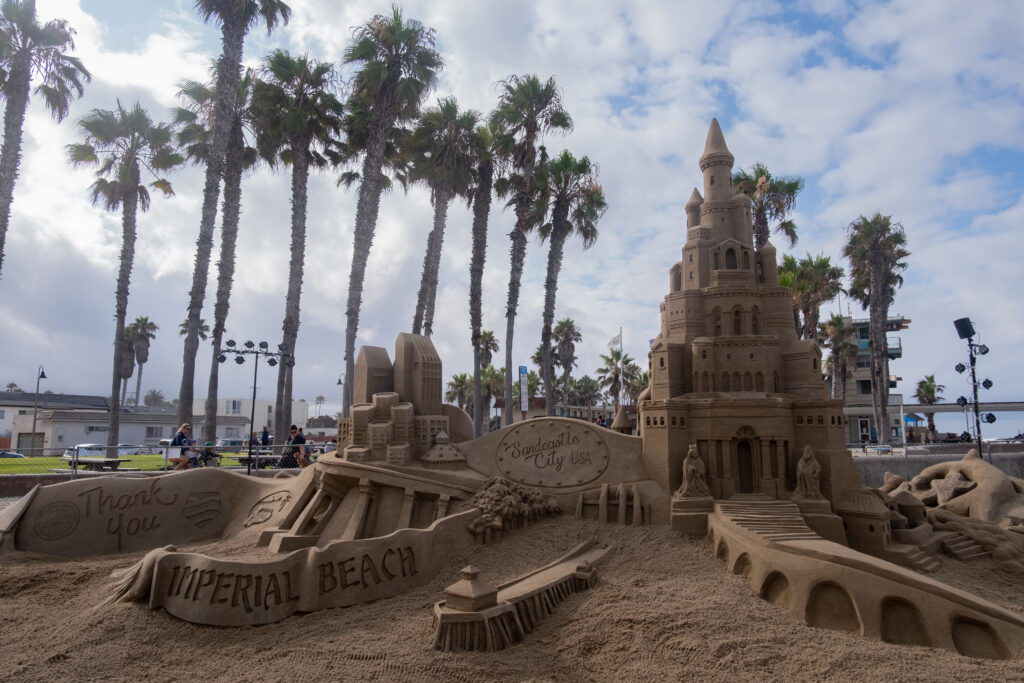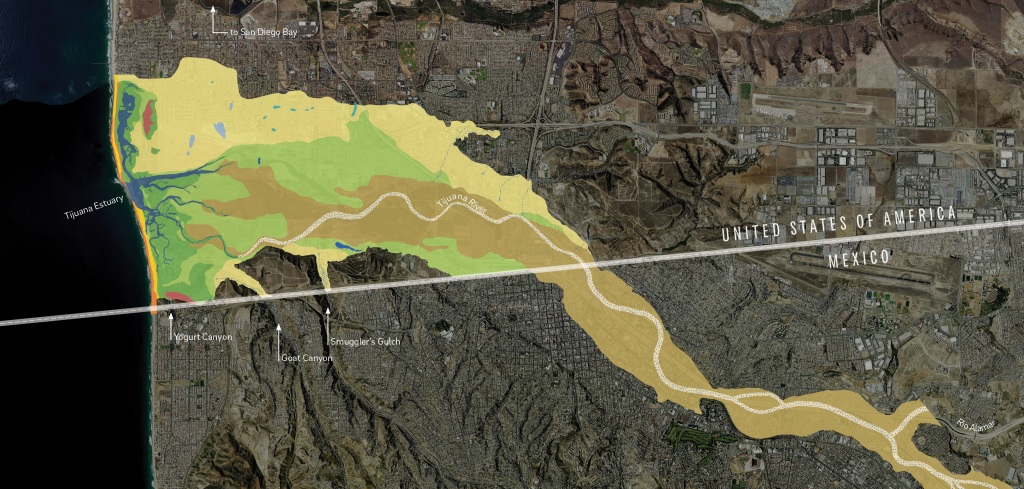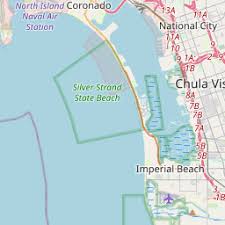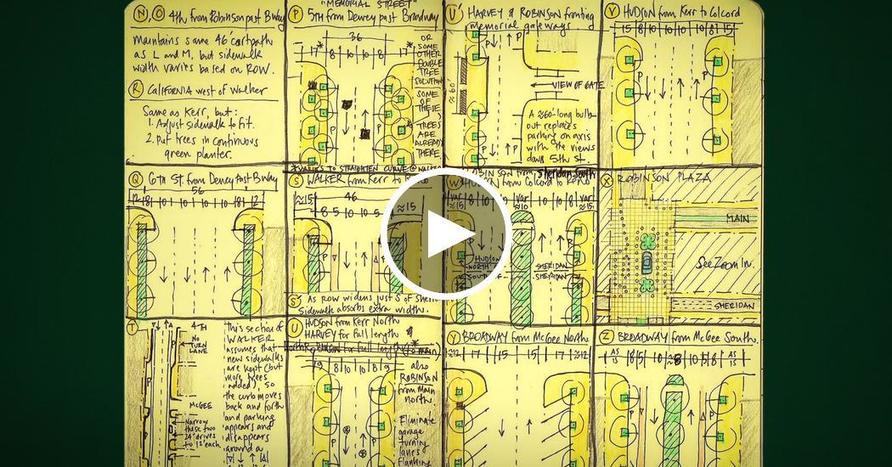
I was in the waves, enjoying the beach on my vacation to San Diego, when the importance of geographic scale to political governance hit me (I know, I’m a geography nerd…guilty). Local, state, national, and international organizations administer laws and regulations over space, and there are going to be overlapping jurisdictions and different priorities at different scales. I visited the two beaches I always went to as a kid, Coronado and Imperial Beach (IB). These are the two most southern beaches in California, and Coronado is now famous for the Top Gun: Maverick beach scenes with Point Loma in the background. Not surprisingly, tourism is incredibly important to these beach communities, especially in the summer. As is often the case, this little case study shows how geographic topics and scales are interlinked on the ground (or in the water as it were).

INTERNATIONAL CONTEXT: The Tijuana River flows through downtown Tijuana and crosses the U.S. border before emptying into the Pacific Ocean. The river is heavily industrialized in Mexico with pollutants and sewage from the major urban area of Tijuana, but the river is treated as a wetlands wilderness preserve in the once it crosses into the United States (downstream of the pollutants).

LOCAL (CITY) CONTEXT: The South Bay beach communities have built a summer economy around surfing, sandcastles, and chilling at the beach. This municipalities generate a substantial portion of local revenue from the shops, restaurants, and businesses (Hotel Del Coronado is the most famous seaside venue here).
COUNTY CONTEXT: In May, 2022, San Diego County changed their methods of testing water quality. They implemented a DNA test to screen for bacteria in the water. This test is more sensitive that the older tests and San Diego County is the only county in the U.S. using this heightened standard to measure water quality at the beach.
PANDEMIC CONTEXT: Public health is more on the forefront of people’s radar and many agencies are more risk averse than individuals.
SITUATION: The water at Imperial Beach, Silver Stand, and Coronado failed the new 2022 test more often than not even if it would have passed by the old standard. May and early June, the beaches were closed over 50% of the time. San Diego County cities can’t control the Tijuana River much before it crosses back into the United States, so they are limited on options to clean up the river, but the Federal government though, through the EPA, announced in 2021 that a $300 million initiative in conjunction with the Mexican government. This summer, Coronado has had to cancel large regional events and now the mayors, city councils, business leaders, and residents are pushing back against the new county testing procedures, citing economic damage to their communities. They have settled on a new advisory system that includes a comprise warning—one where the state is acknowledging that the water is polluted (3% chance of getting sick), but that people who have been to these beaches for years can choose for themselves to swim or not.
What is the right choice? Depends on your priorities (maintaining the tourist economy or public health benefits?) and the scale at which you are looking at the situation.
Tags: California, coastal, scale, environmental, political, pollution.











